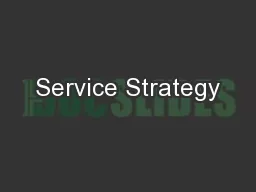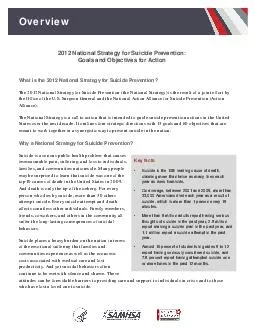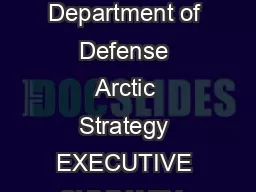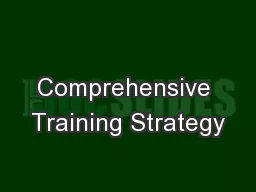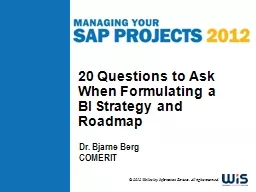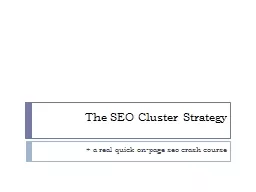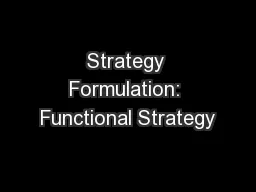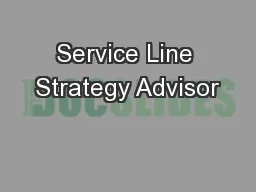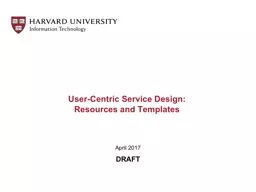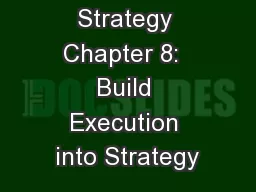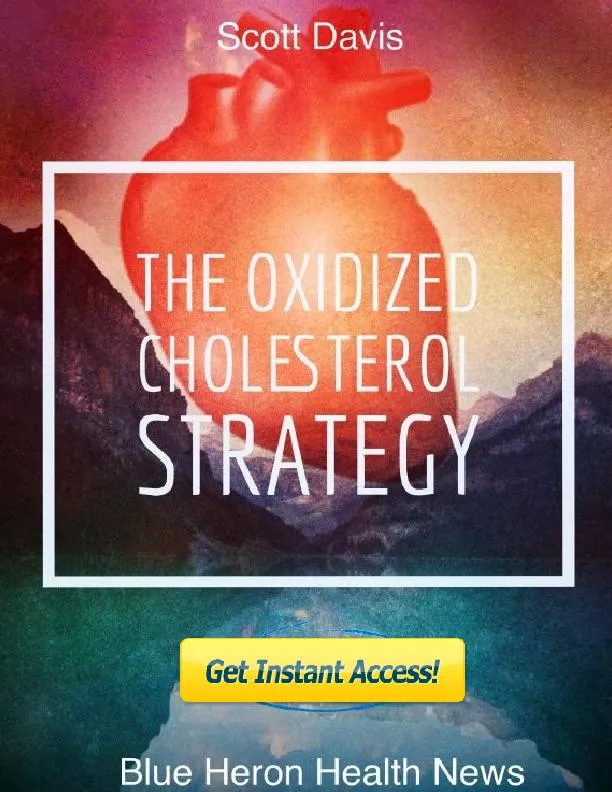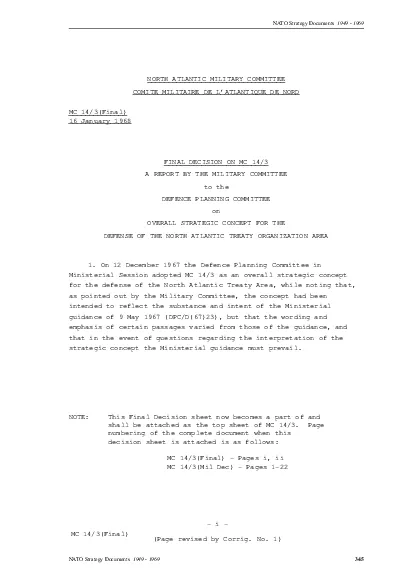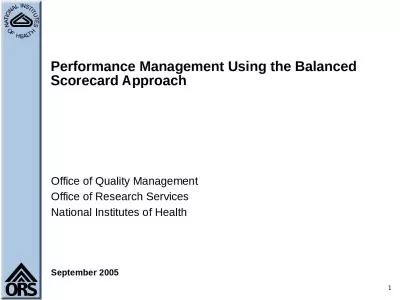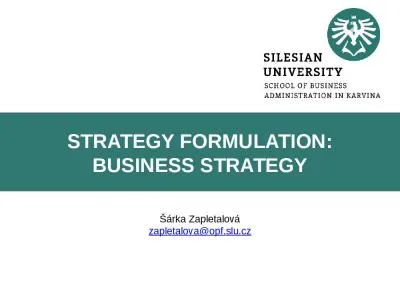PPT-Service Strategy
Author : aaron | Published Date : 2017-11-15
And Design Agile Portfolio and Program Management Agile Development Release amp Deployment Management Lean Value Streams ITIL SAFe Scrum Kanban ITIL DevOps Lean
Presentation Embed Code
Download Presentation
Download Presentation The PPT/PDF document "Service Strategy" is the property of its rightful owner. Permission is granted to download and print the materials on this website for personal, non-commercial use only, and to display it on your personal computer provided you do not modify the materials and that you retain all copyright notices contained in the materials. By downloading content from our website, you accept the terms of this agreement.
Service Strategy: Transcript
Download Rules Of Document
"Service Strategy"The content belongs to its owner. You may download and print it for personal use, without modification, and keep all copyright notices. By downloading, you agree to these terms.
Related Documents

